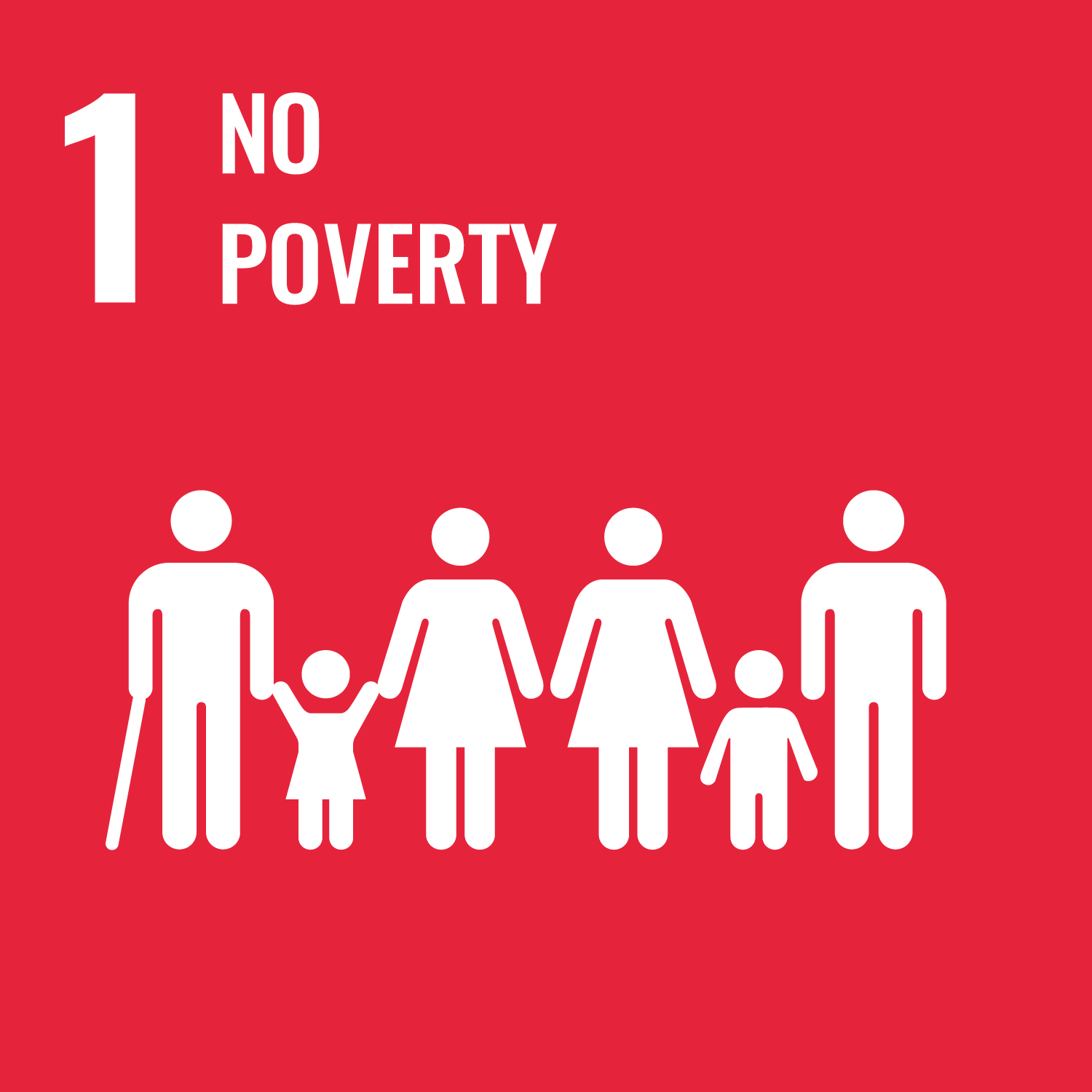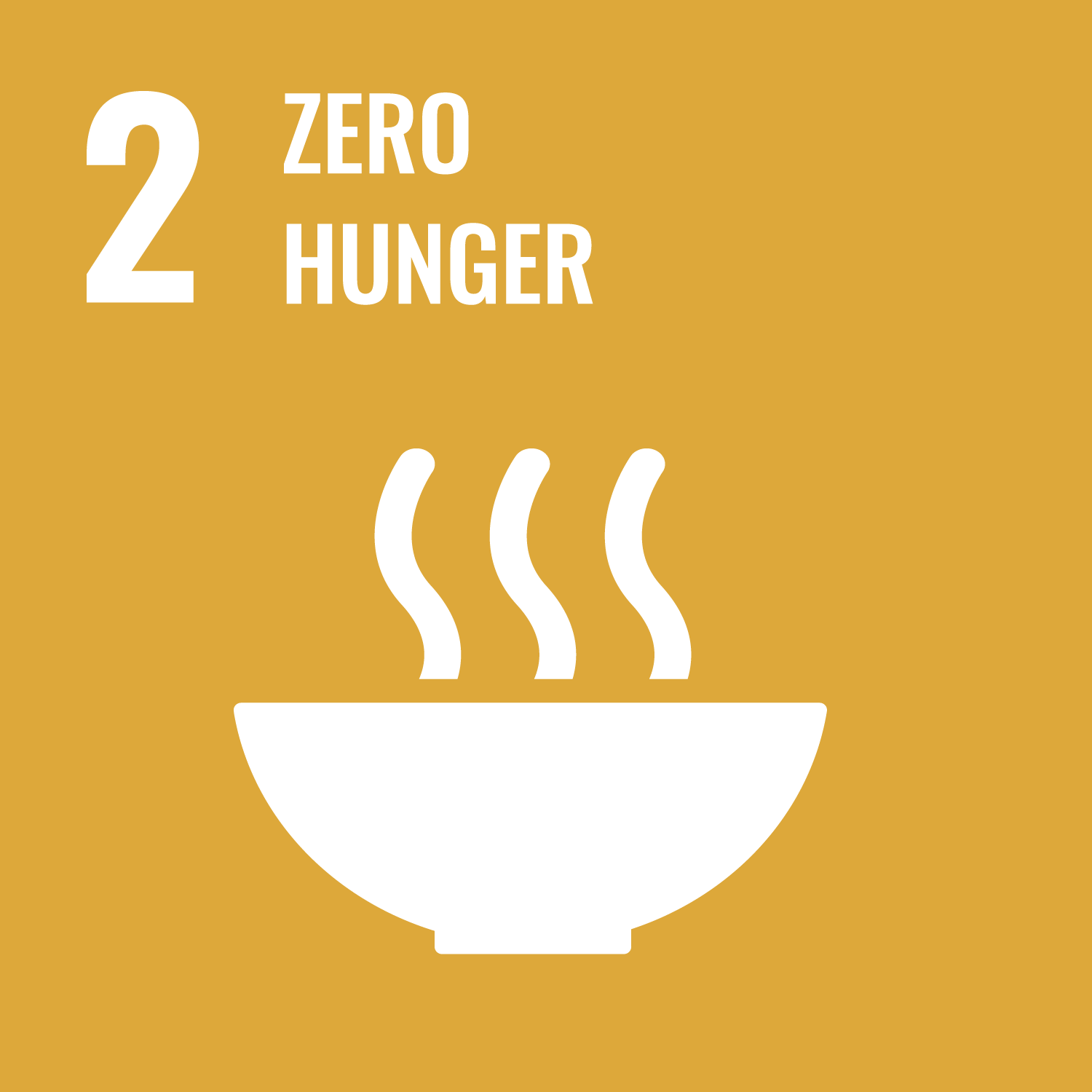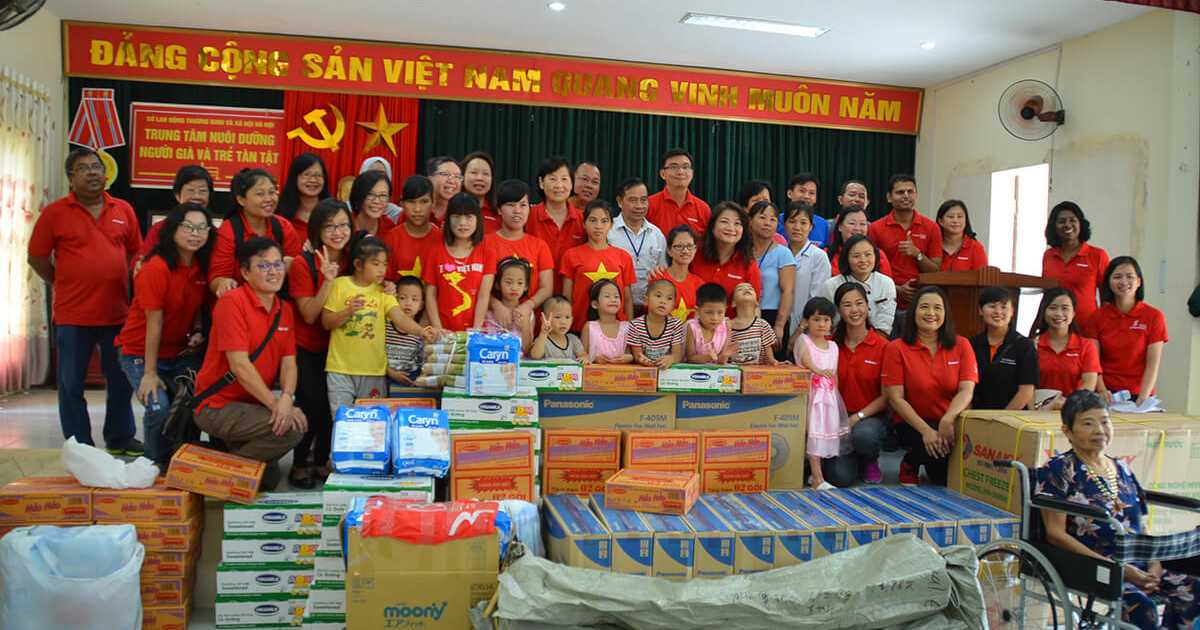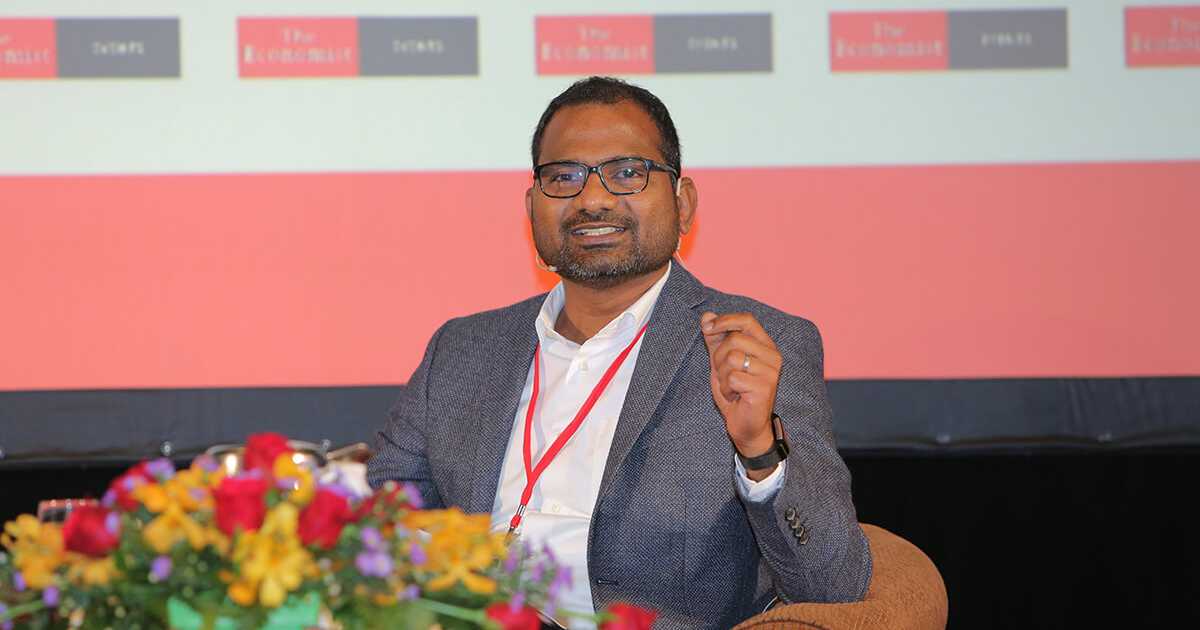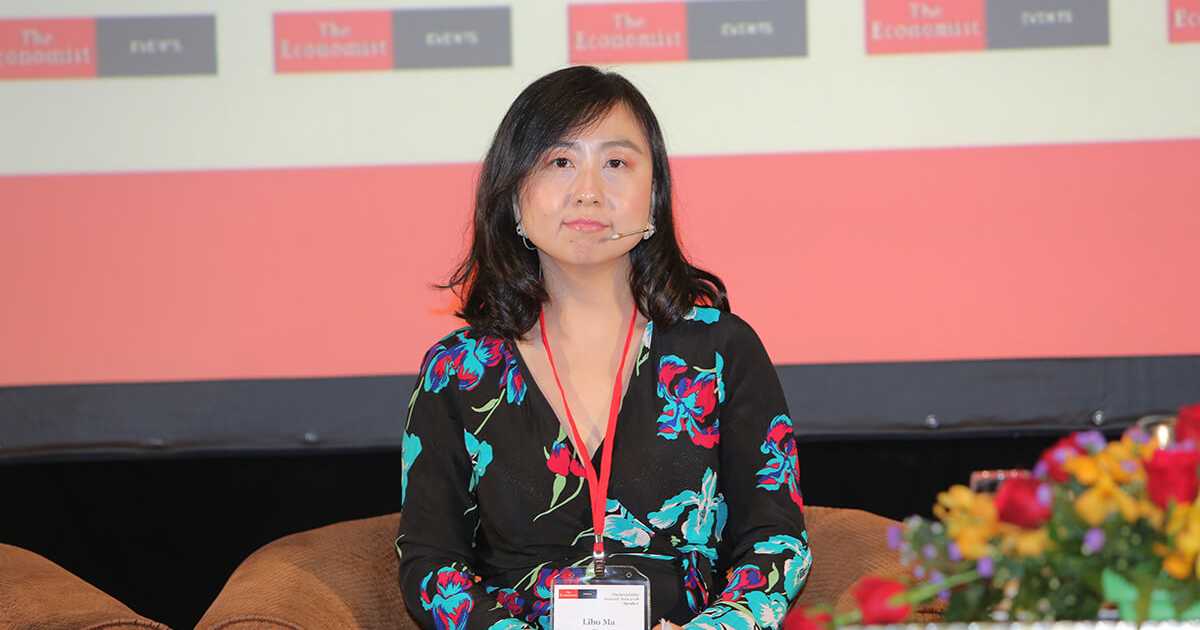A Closer Look at Poverty
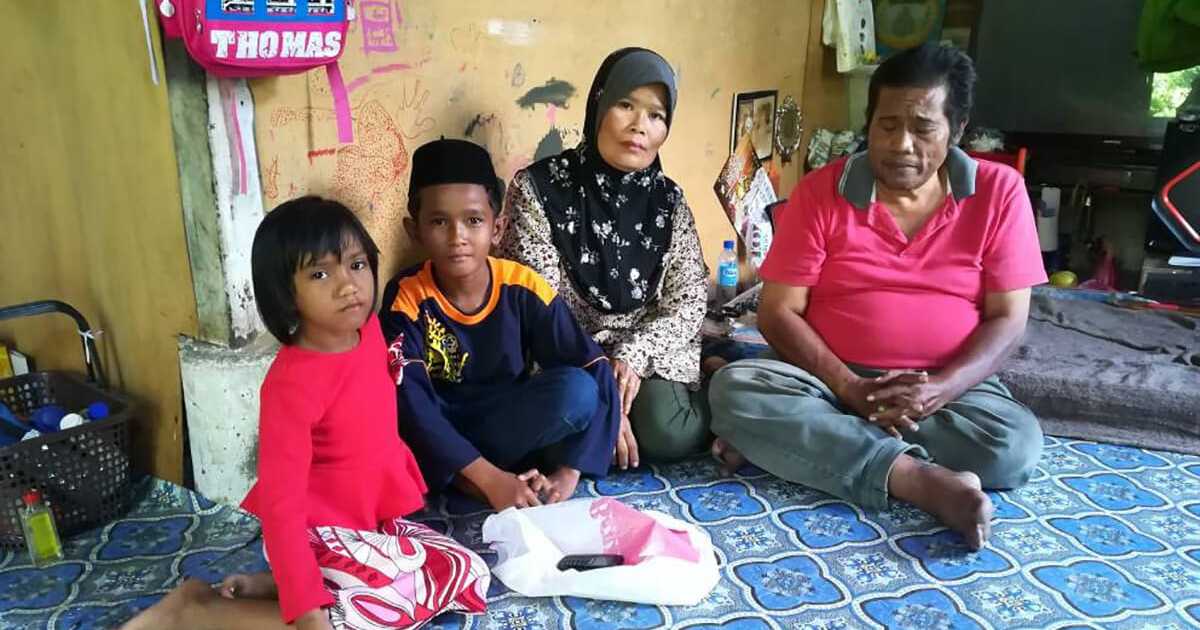
Key Takeaways
- Malaysia’s official poverty rate dropped to 0.4% in 2016 from 0.6% in 2014.
- But researchers argue that the figure is conservative and does not accurately reflect the reality on the ground.
For husband and father of five Nurul Hisham Abu Seman, making ends meet requires more than a regular nine-to-five. After getting into an accident in 2010, he lost his job as a lorry driver and he now cuts grass, collects coconuts and fixes electrical wiring, which collectively only rakes in about RM 800 a month to raise his family.
“I did not quit due to low salary. Since getting married, this is the first time I’m unemployed. I am a man, I must take responsibility. We do face some challenges,” said Nurul Hisham, who is a beneficiary of Sunway’s Raya Cheer programme, which aimed to reach 4,500 underprivileged individuals in B40 groups in 13 locations in Kuala Lumpur, Selangor and Penang.
But not all Malaysians are privileged enough to have a choice between sending their children to school or putting food on the table. In fact, it is the harsh reality affecting at least 127,000 Malaysians who struggle with poverty every day.
“Absolute poverty has declined but relative poverty is on the rise,” said Professor Dr Yeah Kim Leng, director of Economic Studies at the Jeffrey Cheah Institute of Southeast Asia (JCI) and Economics Professor at Sunway University Business School.
Living cost is increasing at a faster rate than income – relative to property prices and costs such as private healthcare and education – contributing to higher incidences of relative poverty, said Yeah.
The relative poverty rate could be as high as 15% if Malaysia were to adopt the definition of relative poverty, which is adopted in many countries, he added. “Relative poverty is defined as one’s income or the socially acceptable level of resources relative to others in society. Relative poverty rises when income distribution becomes more unequal or access to living resources becomes less affordable to certain groups,” Yeah said.

Credit: https://www.samaa.tv/news/2018/10/sindh-to-scientifically-survey-poverty/
The Problem of Income Inequality
Since the early 1990s, Malaysia’s steady economic growth has transformed the economy into an upper middle income nation but income equality has not improved much, said Yeah.
He said Malaysians in the top 20 percentile of the income bracket (T20) owned 60% of the country’s wealth compared to the 13% owned by the bottom 40% (B40). “High income inequality means more households are at risk of falling below the poverty line, especially if their income lags behind the rise in cost of living,” explained Yeah.
Source: Department of Statistics Malaysia and Khazanah Research Institution calculations
More Malaysians are experiencing relative poverty, as the absolute income gap between Malaysia’s T20 households and the middle (M40) and B40 nearly doubled, according to Khazanah Research Institute’s (KRI) ‘State of Households 2018’ report.
The report highlighted that in 2016, households with income below RM2,000 per month spent 94.8% of their income on food and day-to-day essentials while households that earned more than RM15,000 every month spent 45% of their income on the same.
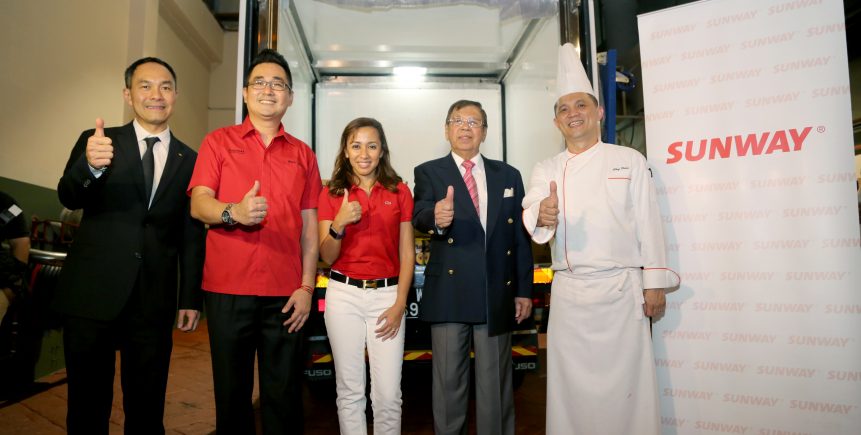
Additionally, 77% of the 966 households living in People’s Housing Project (PPR) flats in Petaling Jaya and Kuala Lumpur had no savings and 33% did not have social safety nets such as life insurance, medical insurance, SOCSO and EPF. According to Unicef Malaysia’s ‘Children Without’ 2018 study of urban child poverty.
Without savings and social safety nets, it is easy for households to slip below the poverty line as they are easily victims of circumstance, said Justin Cheah, project director of Kechara Soup Kitchen (KSK). “A breadwinner meets with an accident and a loss of income will mean the family can no longer sustain their livelihood,” said Cheah, who has spent more than a decade serving the homeless and urban poor through KSK.
Trapped in Poverty
One of the misperceptions about the poor is that poverty is caused by laziness – inferring that one can break out of the poverty cycle through sheer hard work.
But numbers show otherwise. Workers who lived in low-cost flats worked longer hours but earned less in hourly wages than the national average, according to 2016 figures by the Malaysian Department of Statistics.
Low wages are also most likely to be a result of one’s job and education level. Unicef Malaysia’s study found that 89% of breadwinners at PPR flats held semi-skilled or low-skilled jobs; only a minority of 8% had a tertiary education.
“Without access to other income generating opportunities, those in low-wage, low-skill and low-productivity jobs would be caught in a poverty trap, a situation worsened by rising inflation and cost of living,” said Yeah.
Being less educated, the urban poor probably know little of family planning and tend to have more children. With more mouths to feed, it becomes even harder for those who are financially challenged to break the poverty cycle.
Another challenge the urban poor faces is the lack of access to public transportation, as low-cost flats tend to be located further away from public transportation hubs, schools and government hospitals.
Public hospitals provide affordable healthcare but tend to be located further from the city, much to the detriment of the poor who are chronically ill and require regular hospital visits, Cheah noted. “Without a car, families will have to spend more on transportation so when they are in dire straits, many will choose to forgo education in favour of food. They will go hungry if they send their children to school,” said Cheah.
The poverty cycle is perpetuated when the younger generation is deprived of education opportunities, and unable to secure high-skilled, better paying jobs in the future. “Earning a small income from a low-paying job, having many dependents in the family and no social safety net, you just can’t prosper financially. Instead of labelling them as lazy, sceptics should spend more time with the poor to understand their challenges and help them,” Cheah said.
Bridging the Gap
The deaths of two elderly women in a stampede for free food coupons in Kuala Lumpur earlier this year have reignited concerns over the state of the poor in the country.
In response to the tragedy, the government had announced its plans of formulating a cradle-to-grave policy to ensure that the needs of the vulnerable groups in society are taken care of.
This is a step in the right direction as a comprehensive social safety net –such as health and unemployment insurance schemes – is a critical component of a nation’s sustainable development strategy especially in addressing income inequality and ageing society issues, said Yeah.
Government budget constraints will always be at odds with social safety net programmes that require expensive maintenance, but higher taxation for the rich can help broaden the government revenue base to aid higher social spending.
“As shown by the Nordic countries, higher taxes can result in a higher quality of life if the spending is directed at the right areas, particularly the provision of life-enhancing infrastructures and services,” Yeah added.
Raising minimum wage is another way of helping reduce income inequality but implementation must be carefully balanced against rising business costs, or it may trigger massive layoffs and dampening investment, warned Yeah.
Poverty eradication programmes could be further sharpened with specific targets, such as producing a university graduate for each low-income family, to enable government social spending to be more effective, he suggested.
Given the magnitude and complexity of the problem, eradicating poverty may seem overwhelming but the growing adoption of the United Nations Sustainable Development Goals (SDGs) by small and large corporations worldwide is an encouraging trend.
“Driven by multilateral institutions such as the United Nations, the International Monetary Fund and the World Bank, business conglomerates like Sunway Group have placed the SDGs at the core of their business strategy. Given that poverty is the first of the 17 SDGs, we can expect both government and private sector-led efforts to eradicate poverty to intensify in the coming years and achieve zero poverty by 2030 as targeted,” said Yeah.
Since 2016, Sunway Group has collaborated with KSK under the #ZeroFoodWastage programme started by Selangor princess Tengku Zatashah Sultan Sharafuddin Idris Shah. During Ramadhan month, leftover food from Sunway Hotel Resort & Spa’s dinner buffet spread was donated to KSK to be distributed to the urban poor.
In 2017, Sunway Lagoon Hotel, Sunway Pyramid Hotel, Sunway Putra Hotel Kuala Lumpur, The Banjaran Hotsprings Retreat in Ipoh and Sunway Hotels in Georgetown and Seberang Jaya, Penang have also joined the initiative. Sunway has also embarked on numerous community programmes, such as Back to School and Festive Cheer, to help alleviate struggles of the underprivileged.
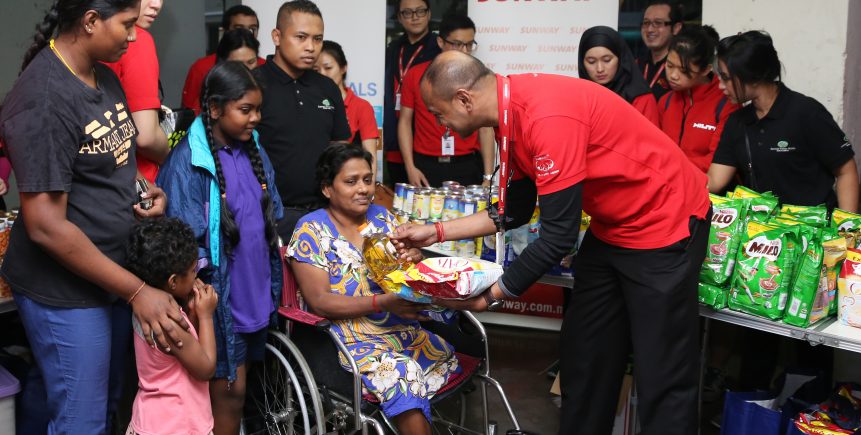
Nurul Hisham, who was left with nerve damage after the freak accident, now also faces the burden of financing the medical bills of his eldest son, nine-year-old Mohd Irfan, who has been suffering from a thyroid condition for the past three years. The family cannot afford any medical treatment and still owe their hospital RM10,000 from previous treatment; they have been relying on traditional medicine to soothe the pain.
“Food is not a problem. In terms of finances, it would be tight at the end of the month,” said Nurul Hisham’s wife Farahzihan Mat Sulaiman. “However, we are unable to give our children pocket money for school.”
Instead of passing the buck to the government to resolve poverty, everyone should be getting involved, be it monetarily or through volunteering one’s time or effort, said Cheah. Eradicating poverty, he said, starts with empathy and learning to care for others.
“We need more people to help. We need more people to care, and you will only care when you understand the situation on the ground. The poor face many problems and they need more encouragement. Spend more time helping others and you will live a more fulfilling life. Every little bit counts,” said Cheah.
